
Revolutionizing Public Speaking: The Power of AI Tools
May 31, 2023 | Public Speaking
Public speaking has long been regarded as a daunting task for many individuals. The fear of speaking in front of an audience, the pressure to deliver a compelling message, and the need to engage listeners can often be overwhelming. However, with the advancement of technology, a new ally has emerged to support aspiring speakers and professionals alike: the Public Speaking AI Tool.

This revolutionary application of artificial intelligence has transformed the way people approach public speaking, providing invaluable assistance in crafting impactful speeches and delivering them with confidence. In this article, we will explore the capabilities of public speaking AI tools and their potential to enhance communication skills in various domains.
Enhancing Speech Preparation

One of the significant challenges of public speaking lies in structuring and organizing ideas effectively. Public speaking AI tools offer assistance in this crucial aspect by providing guidance on speech construction. These tools analyze the content provided by the user, identify key points, and suggest logical frameworks for the speech.
They can generate outlines, highlight important themes, and even offer suggestions for incorporating engaging elements such as anecdotes or rhetorical devices. By leveraging these AI-powered tools, speakers can save time, refine their messages, and ensure a coherent and impactful delivery.

Perfecting Speech Delivery
The delivery of a speech plays a vital role in engaging an audience. Public speaking AI tools come equipped with features that help speakers practice and improve their delivery skills. Some tools provide text-to-speech functionality, allowing users to listen to their speeches in different voices and styles, helping them identify areas for improvement.
Moreover, these tools often incorporate speech recognition capabilities, enabling users to receive instant feedback on pacing, pronunciation, and clarity. Such real-time analysis and feedback empower speakers to refine their delivery, identify verbal tics or habits, and enhance overall presentation skills.
Pro Tip
AI can help you track progress and improvements.
Overcoming Speech Anxiety
One of the most common hurdles in public speaking is anxiety. Many individuals experience stage fright, which can undermine their confidence and hinder their ability to communicate effectively. Public speaking AI tools address this challenge by offering virtual practice environments that simulate real-life speaking scenarios.
These tools can create virtual audiences, allowing users to practice in a controlled and supportive environment. By repeatedly rehearsing with the AI tool, speakers gain confidence, overcome anxiety, and improve their ability to connect with a live audience. Additionally, AI tools can provide personalized tips and strategies for managing anxiety, including breathing exercises and relaxation techniques, further assisting individuals in conquering their fears.
Multilingual Support and Cultural Sensitivity

In today’s globalized world, effective communication often requires addressing diverse audiences with varying cultural backgrounds and languages. Public speaking AI tools cater to this need by providing multilingual support. These tools can translate speeches into different languages, ensuring speakers can reach a wider audience.
Furthermore, AI tools can assist in achieving cultural sensitivity by analyzing and providing feedback on language usage, gestures, and non-verbal cues that may differ across cultures. By leveraging these capabilities, speakers can communicate their messages more effectively, fostering understanding and connection with diverse audiences.
Accessibility and Inclusivity

Public speaking AI tools have the potential to promote accessibility and inclusivity in communication. These tools can generate real-time captions or transcriptions, aiding individuals with hearing impairments or those who prefer reading over listening. Additionally, AI tools can analyze the clarity and simplicity of language, making speeches more accessible to individuals with cognitive or language challenges.
Action Item
Make sure to study and learn artificial intelligence. The easiest way to learn how AI works is by using ChatGPT.
By democratizing access to public speaking resources, AI tools empower a wider range of individuals to express their ideas, share their stories, and participate actively in public discourse.

Ethical Considerations and Limitations

While public speaking AI tools offer numerous benefits, it is essential to consider their limitations and address potential ethical concerns. AI tools, like any technology, are not flawless and may sometimes provide inaccurate suggestions or feedback. Relying solely on AI tools may inadvertently suppress the authenticity and unique voice of speakers.
Therefore, it is crucial to use AI tools as a supportive resource rather than a substitute for personal growth and development. Furthermore, it is necessary to ensure transparency and data privacy when using these tools, as user-generated content and speech data could be vulnerable to misuse.
Conclusion
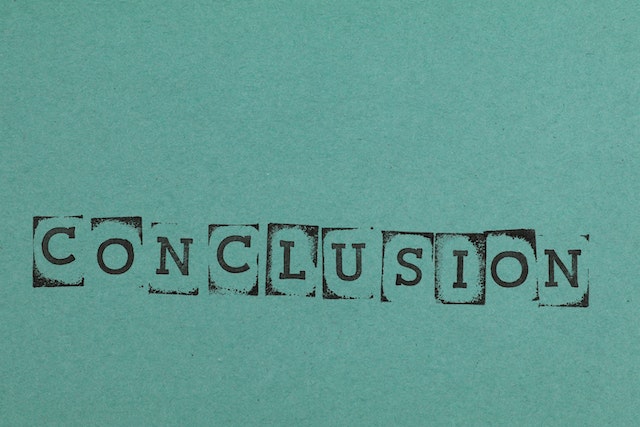
Public speaking AI tools have emerged as powerful allies in conquering the challenges of public speaking. From structuring speeches to refining delivery skills, managing anxiety, and addressing diverse audiences, these tools offer invaluable support to speakers in various domains.
As technology continues to evolve, public speaking AI tools will undoubtedly become even more sophisticated and personalized, enabling individuals to communicate effectively, express their ideas, and inspire audiences with confidence. By embracing the power of AI, we can unlock our true potential as effective communicators and shape a future where public speaking is accessible to all.





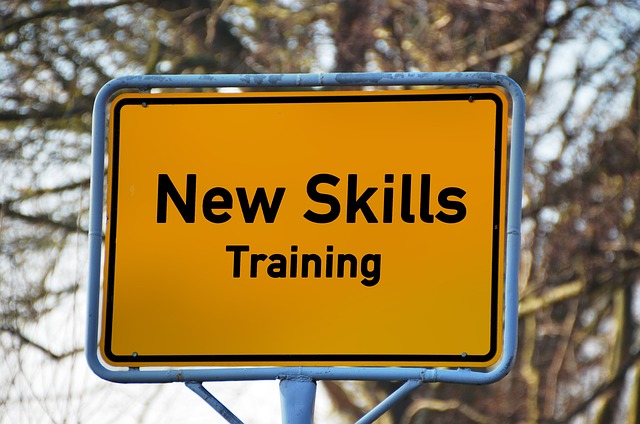
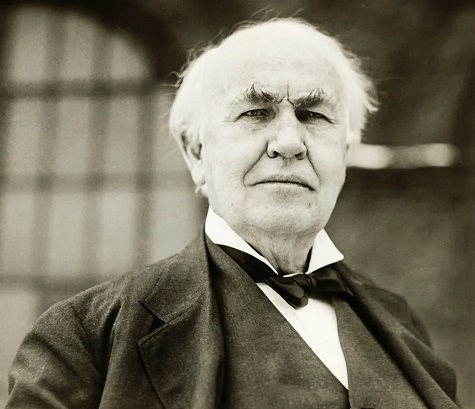
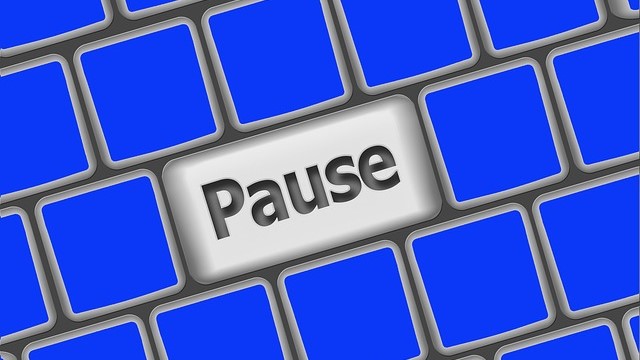
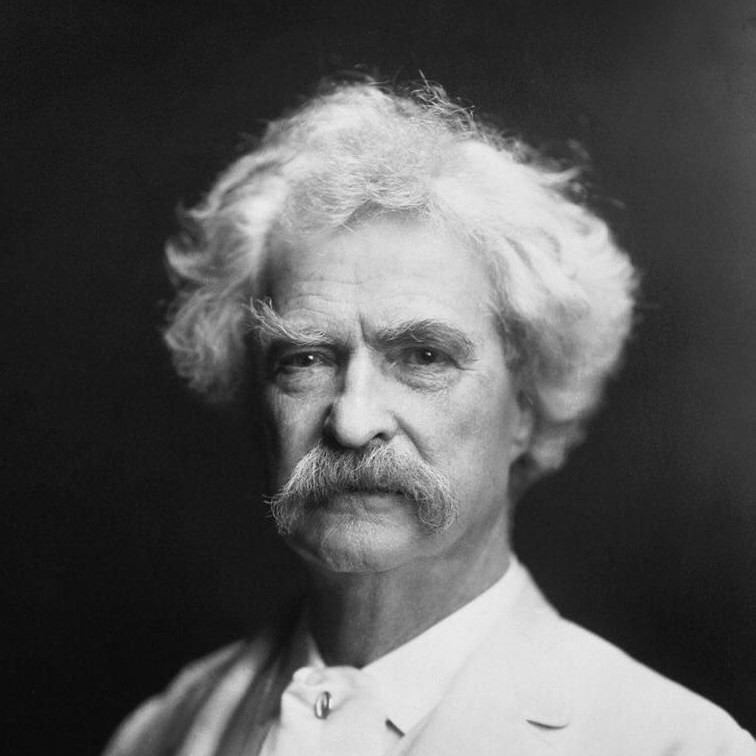





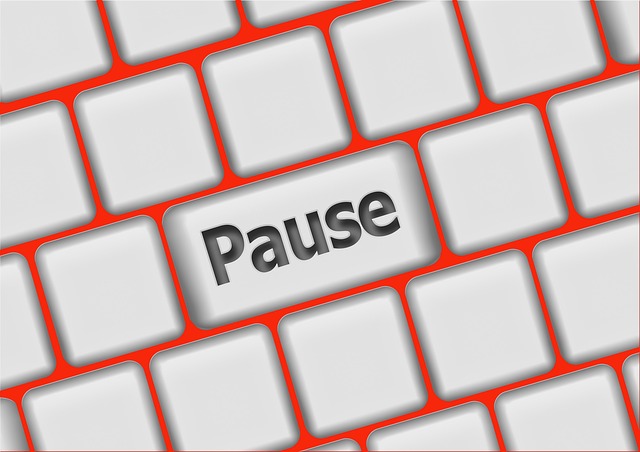

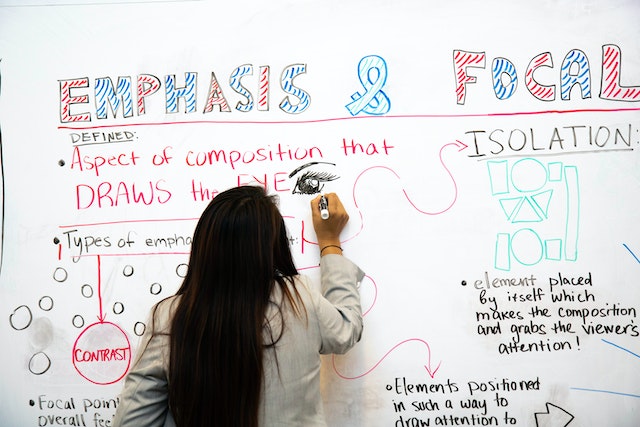

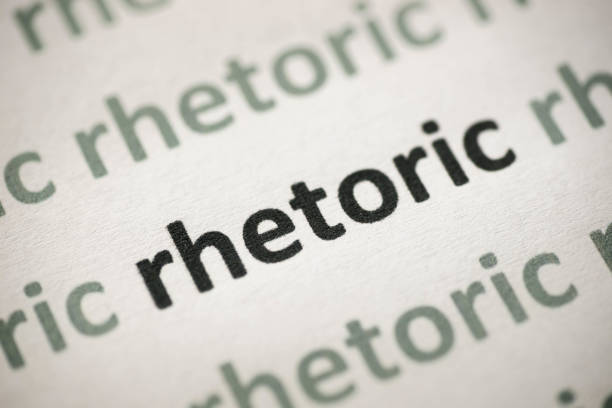
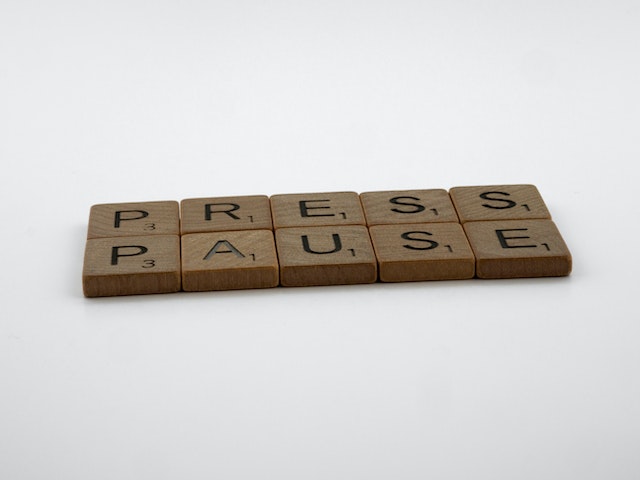


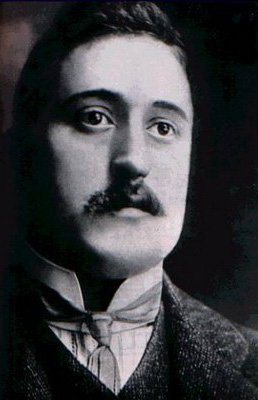



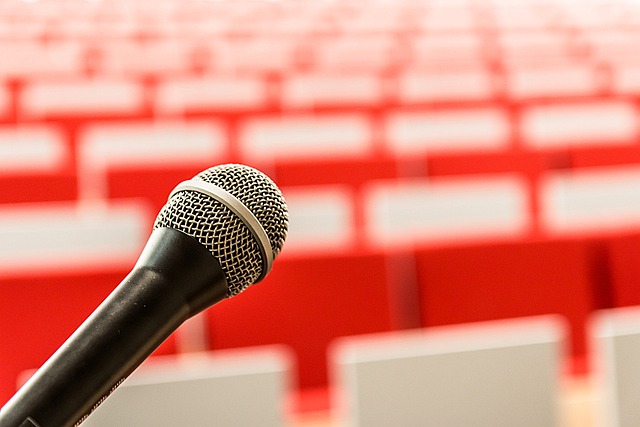



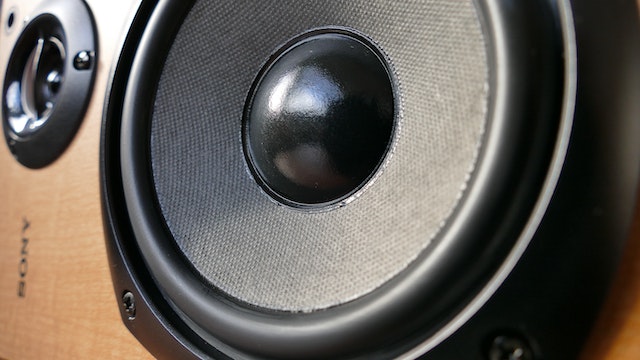













Recent Comments